Color of berry skin Blanc Also called See list of synonyms Wine color White wine | Sweetness of resulting wine Dry, semi-sweet or sweet | |
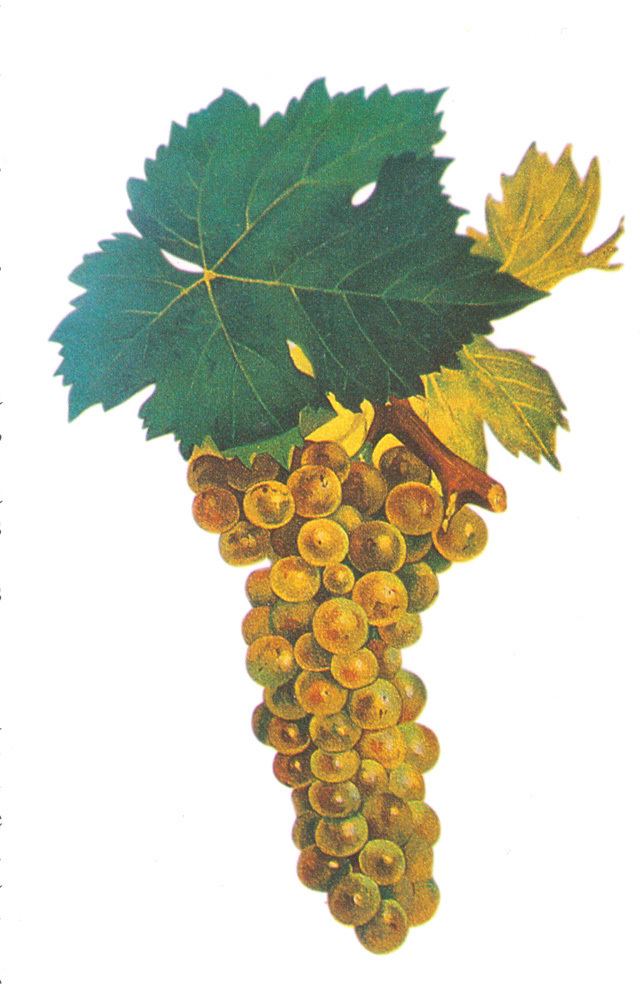 | ||
Similar Muscat, Common Grape Vine, Grüner Veltliner, Welschriesling, Pinot blanc | ||
Muscat petit grains ninon
Muscat Blanc à Petits Grains is a white wine grape that is a member of the Muscat family of Vitis vinifera. Its name comes from its characteristic small berry size and tight clusters. It is known under a variety of local names such as Muscat blanc, Muscat Canelli, Moscato bianco, Muscat de Frontignan, Muscat de Lunel, Muscat d'Alsace, Muskateller, Moscatel de Grano Menudo, Moscatel rosé and Sárgamuskotály .
Contents
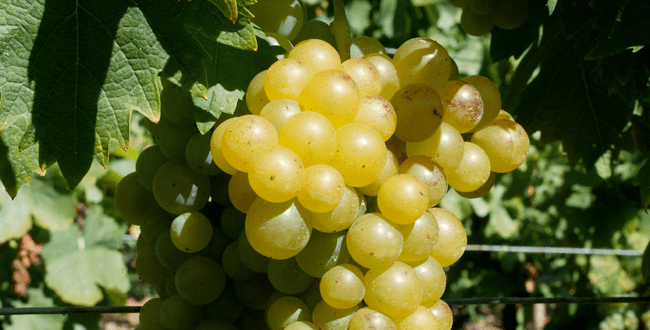
While technically a white grape, there are strains of Muscat Blanc à Petits Grains vines that produce berries that are pink or reddish brown. The same vine could potentially produce berries of one color one year and a different color the next. These strains are more prevalent in Australia, where the grape is also known as Frontignac and Brown Muscat. South Africa's Muskadel strain tends to show the same darker characteristics. Variants where the differing grape colour is stable are typically classified as separate grape varieties Muscat Rouge à Petit Grains for red skin colour and Muscat Rose à Petit Grains for pink skin colour.
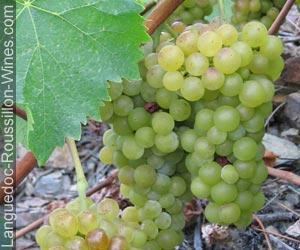
Uses
In France, the grape is used as a blending grape with Grenache blanc and Muscat of Alexandria in vins doux naturels wines from the Frontignan area such as Banyuls, Côtes d'Agly, Grand Roussillon, Rivesaltes and St-Jean de Minervois. It is the primary grape in the Rhône wine Muscat de Beaumes-de-Venise and a blending grape with Clairette blanc in the recherché sparkling wine Clairette de Die (brand label Tradition). In Alsace, it is known for the highly aromatic and dry wines that it produce. In the Hérault region it is the primary grape for Muscat de Mireval.
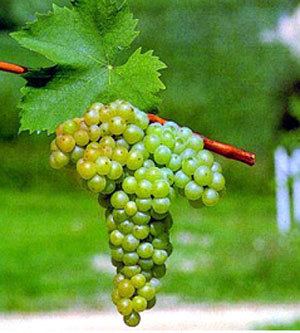
In Greece the muscat grape is mainly cultivated in the island of Samos, at the eastern part of the Aegean where it covers about 97% of Samos’ vineyards. Samian sweet dessert wines are known worldwide. They motivated Lord Byron to write in a poem, "Fill high the bowl with Samian wine." France is the main country where Muscat of Samos is exported, especially in order to be used as a blending grape for wines. Samos union of vinicultural cooperatives controls the greatest part of the production of the Muscat de Samos, also known sometimes in Greece as "moschoudi".
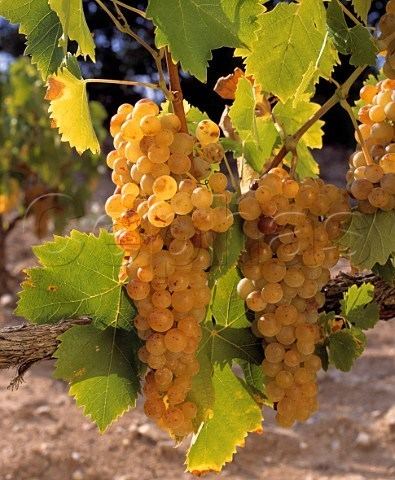
In Italy, the grape is the most widely planted member of the Muscat family and is most commonly known as Moscato Bianco. It is the oldest known variety grown in Piedmont and is the primary component of the Asti and Moscato d'Asti wines, as well as for the aromatized and fortified vermouths. It is also commonly used for fortified dessert wines as well as the semi-sparkling Frizzante.
Viticulture
Its viticultural characteristics makes it prone to producing low yields and a susceptibility to mildew and the grape berry moth. It also tends to fall victim to leaf roll, odium and grey rot and requires a long growing season as it tends to bud early and ripen late. It ripens early in Australia for production of low alcohol moscato style wines. Picking can commence in early February. Picking for fortified production can take place in mid-March; this would be regarded as mid-season, not late. Muscat blanc à petits grains is one of the first harvests in France, starting as early as mid August, in Mireval and other areas of the mediterranean basin, in hot dry years like 2009. The grapes used to produce the fruity sec are picked about seven to ten days earlier than the grapes used to produce the Vin Doux Naturel. Vendange tardive (late harvest) of the grapes is also made to exploit the high sugar and flavour concentrations.
History
Muscat Blanc à Petits Grains is considered one of the oldest grape varieties still in existence. Ampelographers have identified the grape with the Anathelicon moschaton grape used by the Ancient Greeks and the Apiane vines planted by the Romans (so named because of the fondness that insects, such as bees (Latin apis), have for devouring the flesh of the grapes). It was probably first introduced to France by the Greeks through their trading port at Marseille and later spread to the Narbonne region by Romans in their conquest of Gaul. It was a chief export of Frontignan by the time of Charlemagne and plantings were recorded in Germany by the 12th century. It became a popular planting in Alsace by the 16th century.
Synonyms
Muscat Blanc à Petits Grains is known under a large number of synonyms, the more popular of which include Muscat Canelli, various combinations with the word Frontignan, and in Macedonia and Serbia is known as Temjanika.
This grape is often confused with the distinct and separate grape varieties Muscat of Alexandria (aka Zibibbo in Sicily; aka Hanepoot in South Africa) and Muscat Ottonel, most common in Austria and Alsace but originally bred in Loire Valley in 1852.
